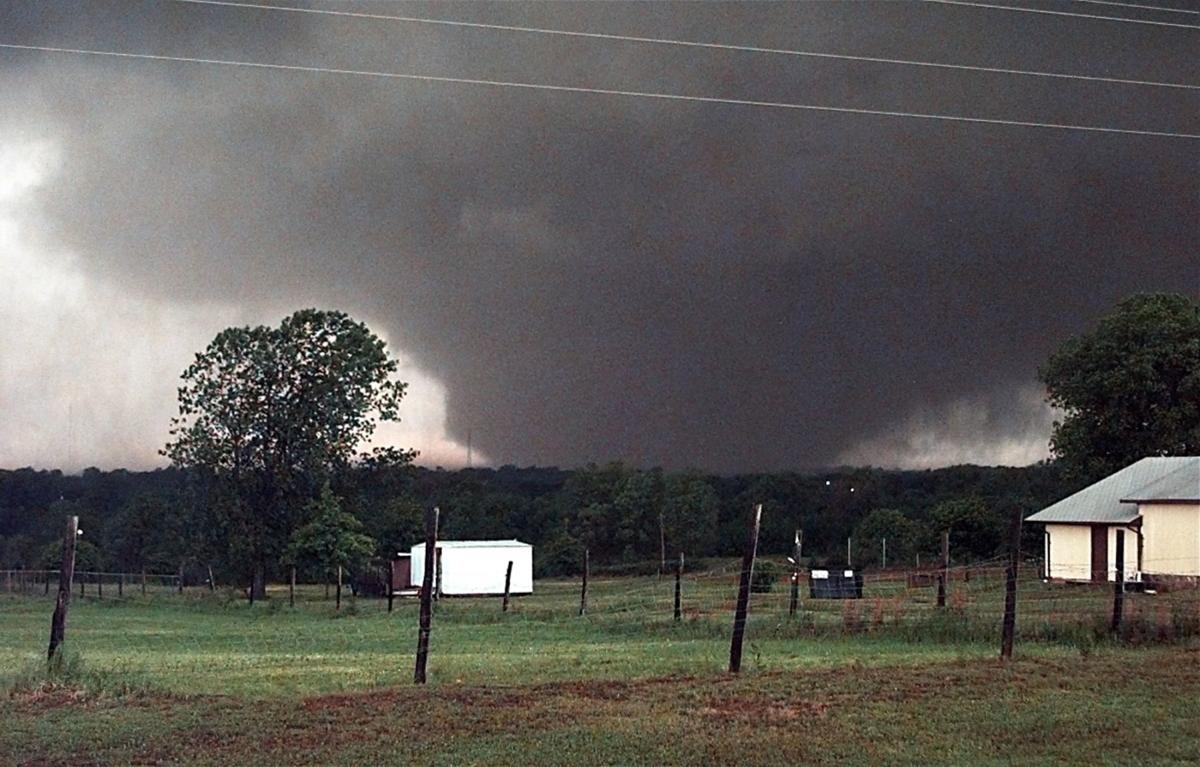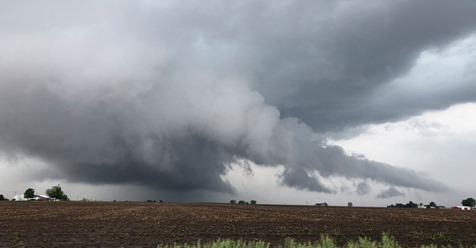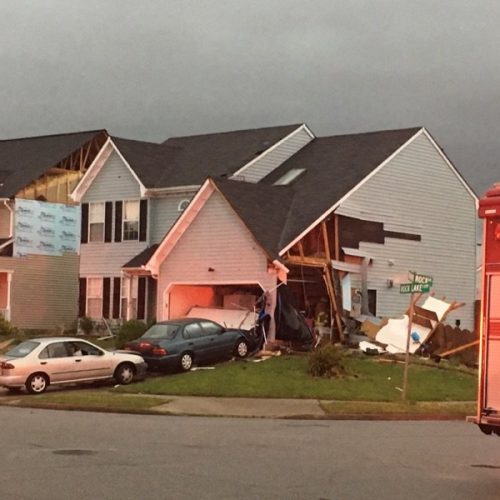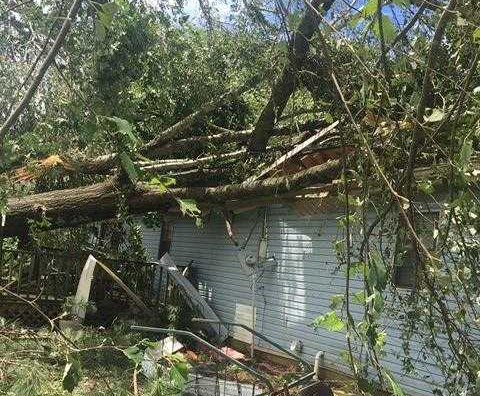NORMAN — Twenty years ago on Friday, one of the most notorious and deadly tornadoes in state history tore through parts of the Oklahoma City metro area.
The May 3, 1999, Bridge Creek/Moore/Del City tornado killed 36 people, injured at least 583, destroyed or damaged more than 8,100 homes, businesses and churches, and caused $1 billion in damage. It was the sixth-deadliest tornado in Oklahoma history, categorized an F-5 in those years before the Enhanced Fujita Scale was implemented in 2007.
It began at 6:25 p.m. in Grady County and traveled across Grady, McClain, Cleveland and Oklahoma counties before finally dissipating at 7:48 p.m. in Midwest City.
It was one of more than 70 tornadoes in the May 3-4, 1999, tornado outbreak, resulting in 46 deaths in Oklahoma and Kansas. The outbreak was the largest ever recorded in the state, according to the National Weather Service.
“Nobody coming to work in our office that morning … was expecting that to be the biggest day of their career,” said Rick Smith, warning coordination meteorologist with the NWS Norman/Oklahoma City forecast office.
“There was the potential there, but nobody — nobody expected that kind of an outbreak.”
With winds of more than 300 mph recorded by a “Doppler on Wheels” radar research team, the 1999 Moore tornado also had the highest wind speeds ever recorded on Earth.
The monster tornado was covered live on local television by crews both on the ground and in the air, making for dramatic video that continues to be shown in various documentaries, television shows and online.
The outbreak began shortly before 4 p.m., when the first tornado was reported in southwest Oklahoma.
Severe storms gradually made their way northeast, and virtually every one produced a tornado; at many times during the late afternoon and night, multiple tornadoes were occurring at the same time. The outbreak lasted until the early hours of May 4.
“On May 3, 1999, the (NWS forecast) office was already way advanced. They were using equipment that most weather service offices didn’t have,” Smith said.
“But even this office had never had to deal with an outbreak of that magnitude with that many tornadoes over such a long stretch of time.”
Five other tornadoes that hit Oklahoma were deadlier than the 1999 Moore storm.
The deadliest tornado in state history occurred April 9, 1947. It killed at least 69 people in the Texas Panhandle before moving into northwest Oklahoma and killing 116 people, mostly in Woodward, which was leveled.
More than 100 city blocks on the west and north sides of the city were destroyed.
“Confusion and fires reigned in the aftermath with over 1,000 homes and businesses destroyed, at least 107 people killed in and around Woodward, and nearly 1,000 additional injuries,” the weather service said.
The second-deadliest tornado struck Snyder — about 30 miles west of Lawton in southwest Oklahoma — on May 10, 1905, killing 97.
Although most of the top 10 deadliest tornadoes in the state have occurred in western or central parts of Oklahoma, three of them occurred in eastern Oklahoma.
The third-deadliest twister in state history struck the Peggs community north of Tahlequah in Cherokee County, killing 71 people on May 2, 1920. The fourth-deadliest struck Antlers in southeast Oklahoma on April 12, 1945, killing 69 people, and the fifth-deadliest struck Pryor on April 27, 1942, killing 52.
All were rated F-4 or F-5 tornadoes, according to the weather service.
“It’s not a question of if, because it’ll happen again. It’s just a matter of where, when,” Smith said.
Bill Bunting, chief of forecast operations for the Storm Prediction Center who also worked in National Weather Service forecast offices for decades, said many of the deadliest tornadoes in history came at a time when forecasters were not even allowed to use the word.
“It’s amazing when I learned about the history going back to the early part of the 20th century, the number of killer tornado events that occurred, yet there was still a prohibition against using the word ‘tornado’ in a public forecast,” he said.
“It was felt the panic — the fear — that it would cause wouldn’t be better than the potential benefits of taking action.”
The 1999 outbreak, he said, “has played an important role in advancing the science and improving our understanding to the point where we can expect the next generation of these higher-resolution (computer) convection models … to really anticipate the development of that type of storm.”
by Michael Dekker (2019, Apr 27) Tulsa World





